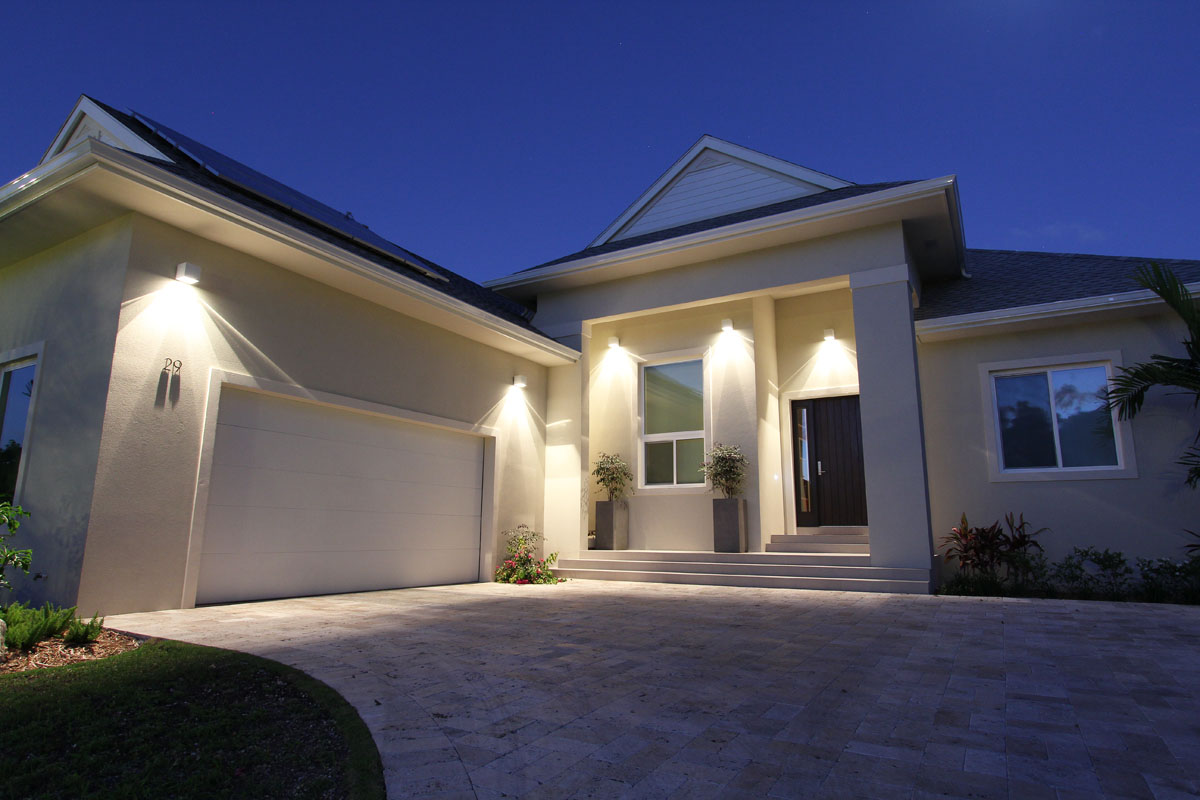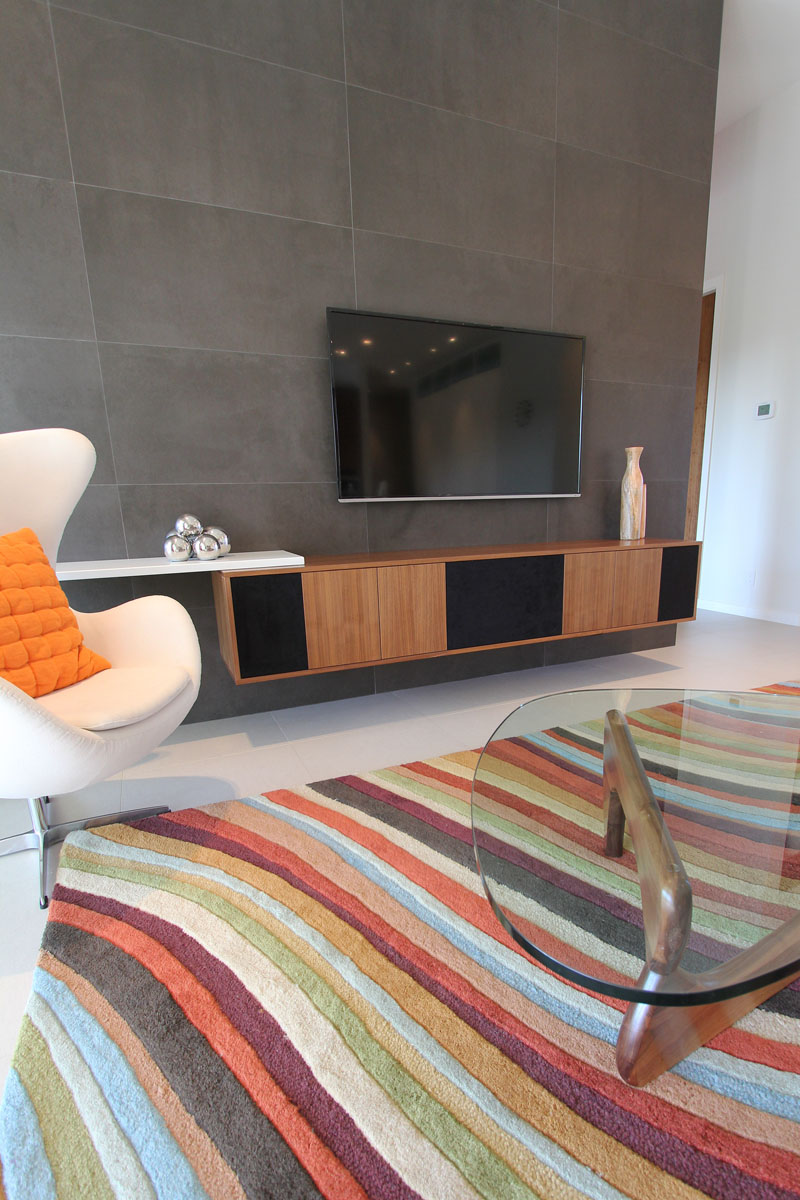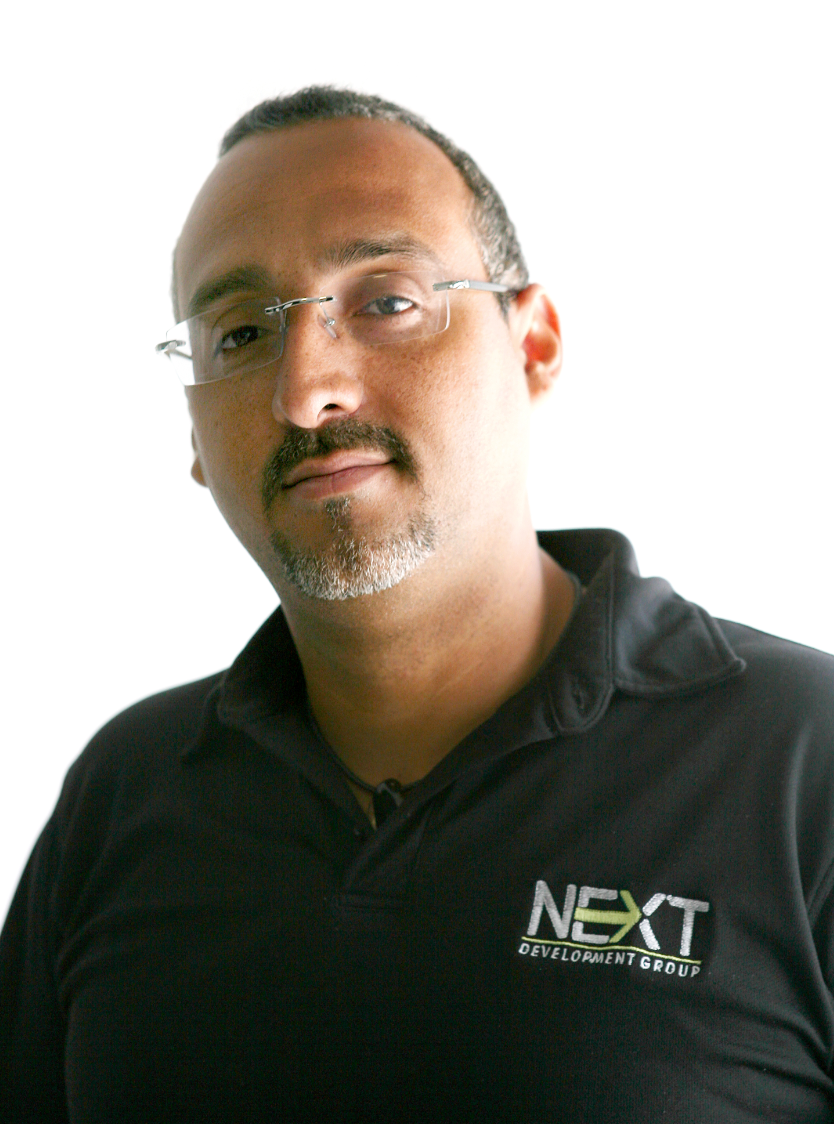29, The Venetia, Grand Cayman - a LEED for Homes Gold certified home
James Whittaker, a Caymanian with a background in finance and CEO of the GreenTech Group, a conglomerate of sustainable companies based in the Cayman Islands, has set out to green the Caribbean, one project at a time. Completed in 2010 and certified in 2012, GreenTech's Sailfish Estate home, a LEED Silver 5,000+ square foot luxury private residence, was the first LEED certified home outside the U.S. and Canada. Participating in the program's international pilot, it edged out a LEED certified residence in China to win this honor by mere days. Since then, Next Design & Development, the design, management and development company in James' portfolio of sustainability-related businesses, has either built or has on the boards a handful of residential developments, each of which will seek certification under the LEED for Homes program. His partners includes architect and LEED Green Rater, Stace McGee, a New Mexico based sustainability expert (who is also on the faculty of USGBC) who spends one week each month on the Island, and Ryan Ostendorf, a real estate and development expert and project manager.
The latest GreenTech project to achieve certification won that honor this week - at a level of Gold certification. The residence is one in a development that requires homeowners to stick to an approved 3,000 square foot stock floor plan. Every house looks the same from the outside, but the 29 Venetia home isn't like those that surround it. Completed in 2013, its homeowners haven't paid an electric bill yet - in contrast to their neighbors, who spend $800 per month or more with the Caymanian electric utility. To achieve this level of energy efficiency, the home was constructed with insulated concrete forms, and included solar PV, solar thermal and a dehumidification system to protect the home from the Caribbean climate. GreenTech provided the LEED for Homes certification services and sustainability consulting for the project. Images courtesy of GreenTech (Cayman) Limited.
Like many of us who have embraced sustainable development, James isn't only in it for the profits – although he acknowledges that green building can earn a careful developer a premium over a traditionally built home (while James estimates that a LEED home costs him 8% more to build than a traditional home, it can fetch up to a 20% premium on its selling price). He told me "I'm optimistic that we can do a lot of really great things in sustainability in Cayman and the Caribbean."
And those great things aren't all about designing and developing LEED homes. James recently launched Project Green School as a pilot at the Triple C School in George Town, Grand Cayman to provide a "meaningful and fun perspective on sustainability." The program is introducing a sustainability and renewable energy curriculum in the school. Another of James' portfolio companies, GreenTech Solar, has installed solar panels at the school, and the students are being given solar kits. Two additional schools are waiting to pilot the program, and once they're up and running, Project Green School will host solar decathlons and inter-scholastic competitions. James expressed a hope that Project Green School will eventually encompass all the local schools and result in schoolchildren in the Cayman Islands growing up thinking about careers in the green economy. Eventually he would like to see Project Green School embraced in other schools across the Caribbean.
Another of James' initiatives is facilitated by SMART Energy, another group company, which brings sustainable energy services expertise to the Cayman Islands. Among other essential services offered, SMART Energy transforms existing and inefficient commercial and residential buildings into highly efficient ones that become more profitable, less costly, more productive and sustainable places to work and live.
James and I toured Grand Cayman for several hours, stopping at GreenTech Group projects at various stages of completion, ranging from empty lots to construction sites to completed homes. James explained that one of the keys to his success is his team's deep understanding of building science and sustainability. And when he hasn't been able to find the right green technology locally, he uses another of his portfolio companies, GreenTech, to import and manage the distributorship of the products he needs. James cited the example of Logix ICF. When he couldn't find ICFs locally with a high enough R-value (R26) for certain LEED Gold or Platinum projects, he negotiated for GreenTech to become Logix ICF's local distributor, thereby creating the supply chain integration that ensures the GreenTech Group can design and build to the highest LEED for Homes standards.
He also talked about his projects' durability planning elements, which are designed to protect the homes from severe weather events like Hurricane Ivan, which devastated the island in 2004 and damaged 83% of the island's housing stock. Some of GreenTech Group's key durability measures include:
- Designing homes a minimum of one foot higher than Hurricane Ivan's flood level
- Installing dehumidification systems to fight the effects of coastal living
- Using recycled plastics and composite materials on exteriors to counter the effects of tropical sun and island weather
- Building with ICFs and steel, and incorporating double hurricane strapped standing seam metal roofs
- Including 12"- 18" of cement board or waterproof sheetrock to minimize damage should flood waters reach the homes' interiors
- Using the highest quality impact rated and insulated windows and doors
James Whittaker, Founder, Next Development Group
Toward the end of my tour of GreenTech's projects, James and I spoke about legacy. He expressed his desire to help transform the Cayman Islands into a "hub of sustainability in the Caribbean." He says he has grand plans and small plans - that range from a $2 billion plan to stop the urban sprawl of the capital city of George Town to developing affordable housing to continuing to create luxury private homes, forming key industry organizations and educational programs. While his team often talks about highly attractive projects on other Caribbean islands, James asks them to stay focused on Cayman. "Let's focus our resources and perfect the model here first – and then take the show on the road."




